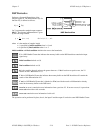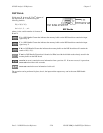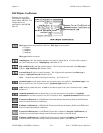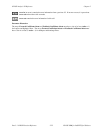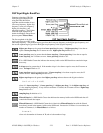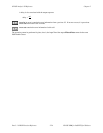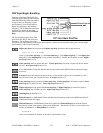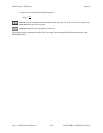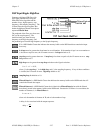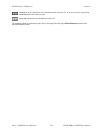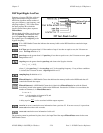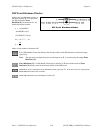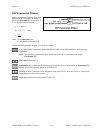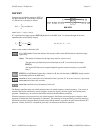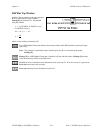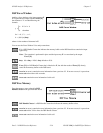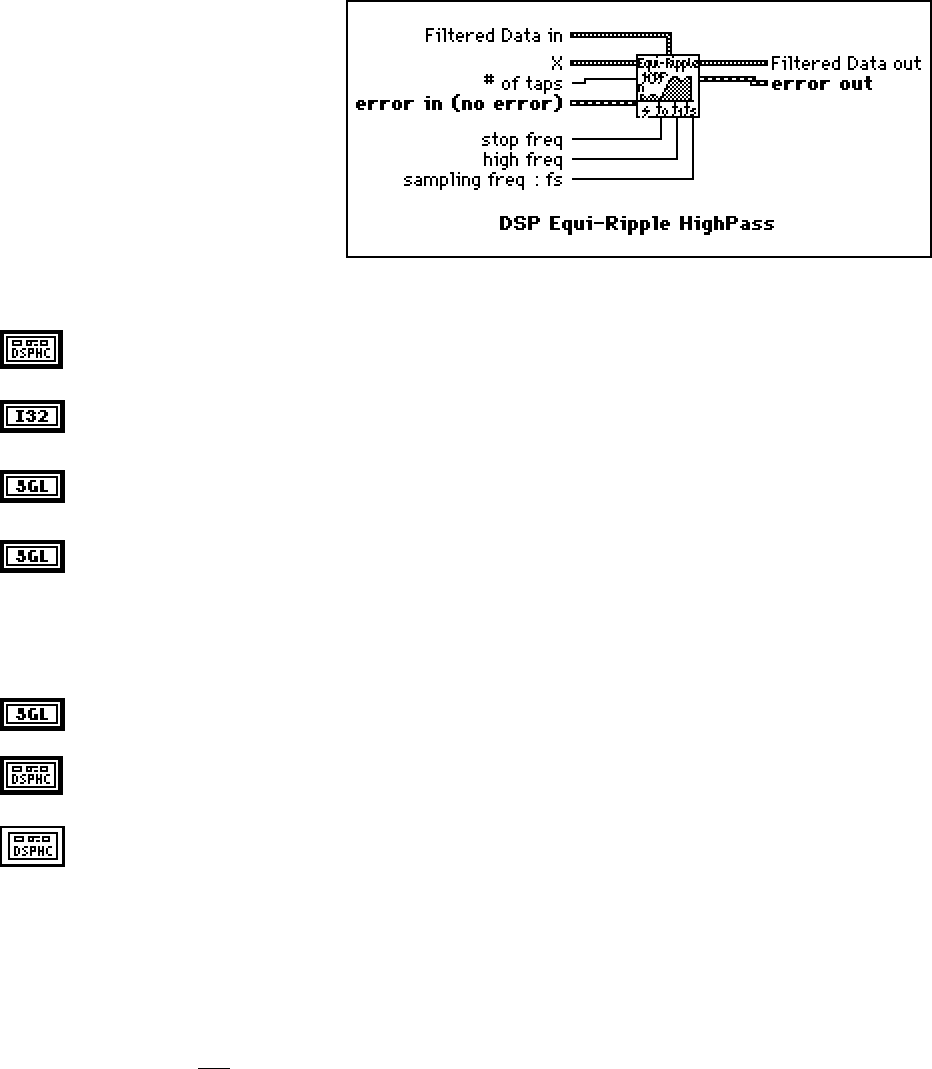
Chapter 2 NI-DSP Analysis VI Reference
NI-DSP SRM for LabVIEW for Windows 2-27 Part 3: NI-DSP Function Reference
DSP Equi-Ripple HighPass
Generates a highpass FIR filter with
equi-ripple characteristics using the
Parks-McClellan algorithm and the
number of taps, high frequency, stop
frequency, and sampling frequency. The
VI then filters the input sequence X to
obtain the highpass filtered linear-phase
sequence Filtered Data.
The stopband of the filter goes from zero
(DC) to the stop frequency. The
transition band goes from the stop
frequency to the high frequency, and
the passband goes from the high frequency to the Nyquist frequency.
X is a DSP Handle Cluster that indicates the memory buffer on the DSP board that contains the input
data array.
# of taps must be greater than 0 and must be an odd number. If the number of taps is an even number or
is less than or equal to zero, the VI returns an error. # of taps defaults to 31.
stop freq must be greater than zero. If stop freq is less than or equal to 0, the VI returns an error. stop
freq defaults to 0.2.
high freq must be greater than stop freq and observe the Nyquist criterion:
0 < f
0
< f
1
≤ 0.5f
s
,
where f
0
is the stop freq, f
1
is the high freq, and f
s
is the sampling frequency. If any of these conditions
is violated, the VI returns an error. high freq defaults to 0.3.
sampling freq: fs defaults to 1.0.
Filtered Data in is a DSP Handle Cluster that indicates the memory buffer on the DSP board that will
contain the filtered data output.
Filtered Data out is a DSP Handle Cluster that is identical to Filtered Data in, but with the filtered
data already stored in the memory buffer on the DSP board. Because the VI filters via convolution, the
number of elements, k, in Filtered Data is:
k = n + m - 1,
where n is the number of elements in X, and m is the number of taps.
A delay is also associated with the output sequence:
delay =
m-1
2
.



